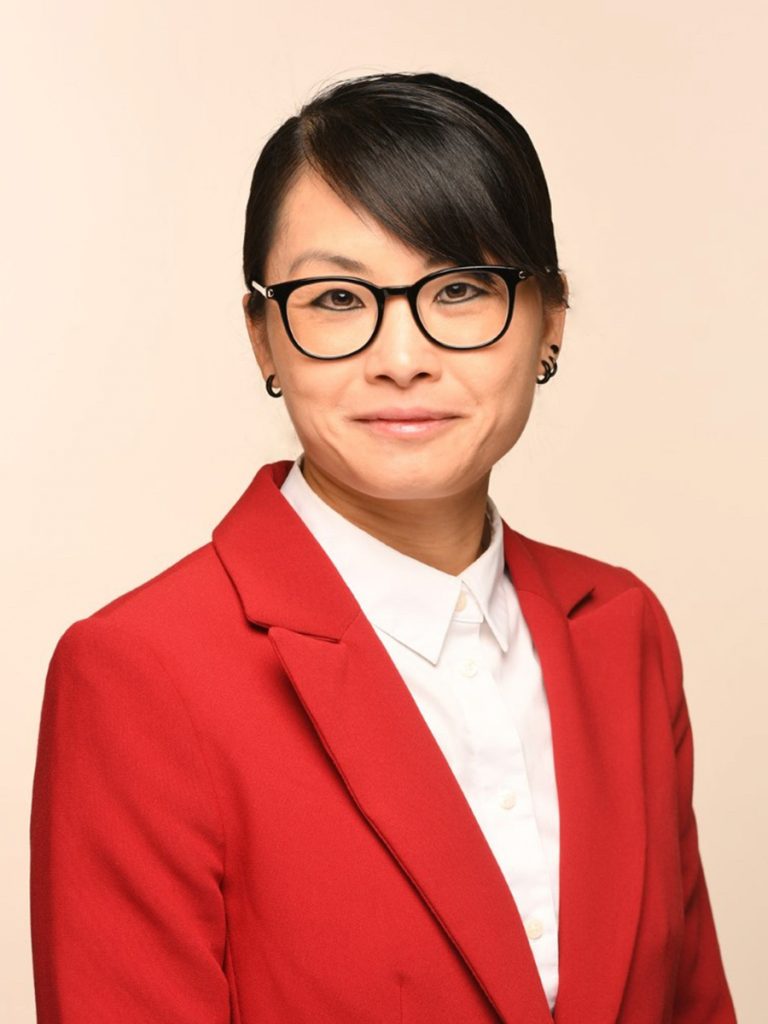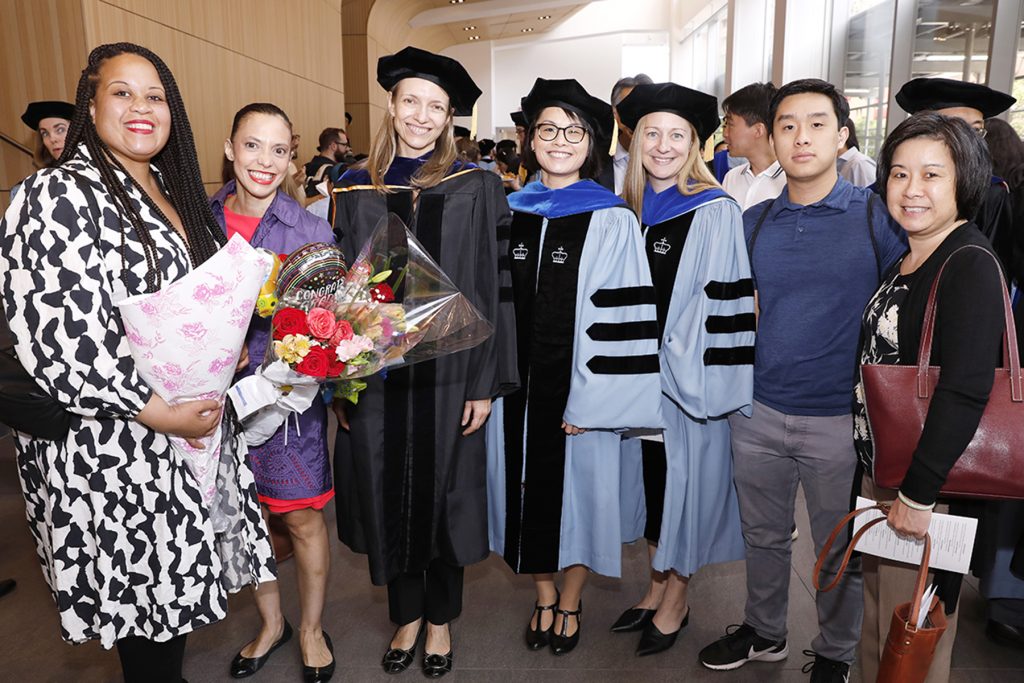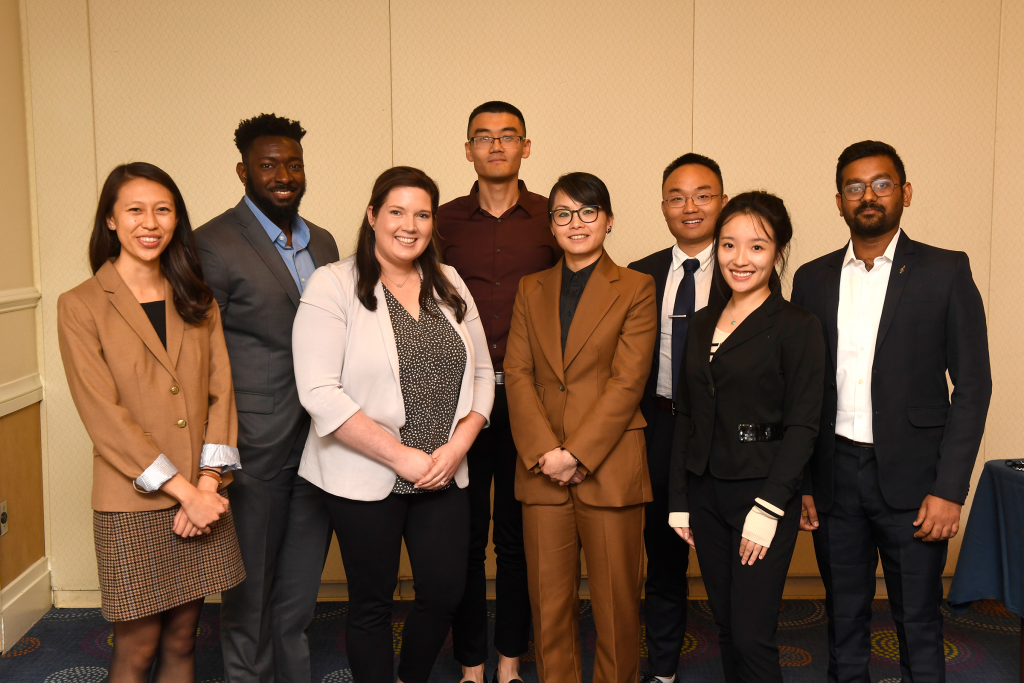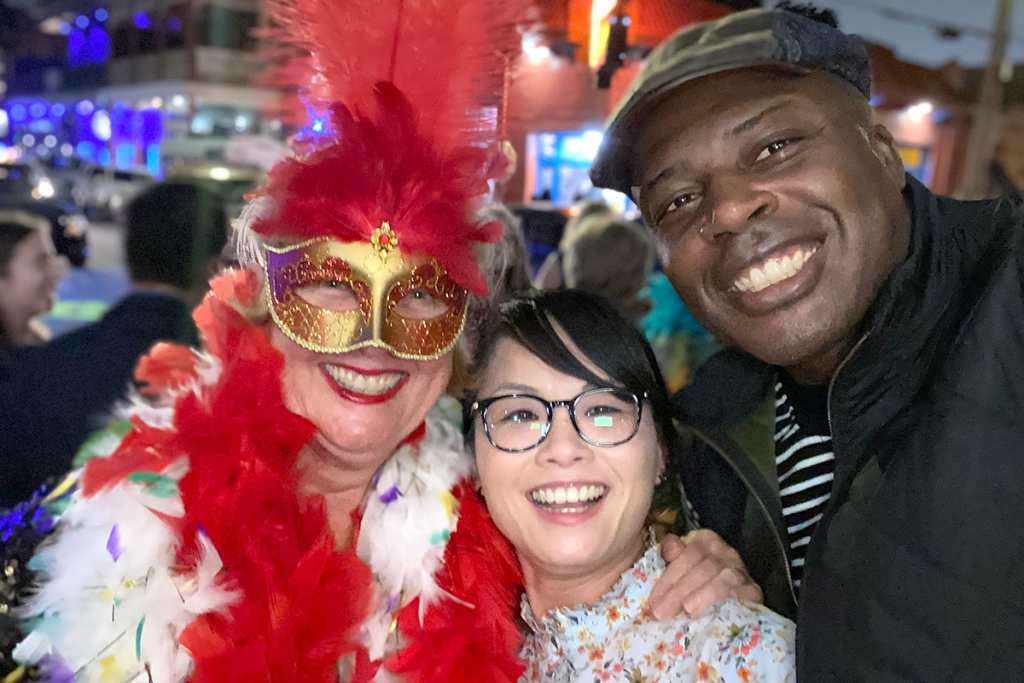Amanda Moy Focused Her PhD Journey On Establishing A Methodological ‘Roadmap’ For Measuring Documentation Burden
Clinician burnout became a national talking point in the earliest days of the pandemic, but the various burdens that were overwhelming doctors and nurses were prevalent far before COVID existed. Amanda Moy, PhD, MPH, MA focused her time at Columbia DBMI researching ways to address documentation burden, which is the overwhelming challenge of maintaining all aspects of the electronic health record (EHR) while also engaging in the clinical care of patients.
EHRs are critical for both the continued care of patients and observational research around drug safety and effectiveness. However, the EHR requires more than just necessary patient care information; there are insurance and billing notes, and other extraneous details associated with regulatory compliance and reimbursement that have been linked to increased medical errors, poorer patient outcomes, reduced care quality, cognitive overload, and ultimately, burnout among clinicians.

Solving the issue of burden is the ultimate goal, but Moy notes that they can’t get there without evaluating burden itself, which requires formal conceptualization and operationalization before its quantification. Her dissertation, Leveraging Electronic Health Record Event Logs to Measure Documentation Burden in the Emergency Department (ED), aimed to advance the study of researching burden by investigating the development of scalable measures that could be generalized across diverse clinician roles and contexts using EHR metadata.
“I describe my work as a roadmap to how we can think about measuring documentation burden,” Moy explained. “My research focused on how can we quantify concepts like time and effort at scale. When we can compute time and effort formally, we can make more sophisticated inferences about patient outcomes, clinician outcomes or any clinical care quality indicators based on clinician work.”
Moy, who entered Columbia with experience applying natural language processing methods in health information systems, became interested in this topic after witnessing a professor — who also happened to be a clinician — consistently struggle with having to document clinical notes on scraps of paper, both due to its volume and the way the process impacted her ability to input the information in the EHR in a timely manner.
“How does this exist in the US where we have so much computing power and so many resources?” Moy wondered.
She connected with her eventual mentor, Associate Professor of Biomedical Informatics Sarah Rossetti, who was also focused on this space, and planned to use the upcoming implementation of the Epic Systems EHR within NewYork-Presbyterian (NYP) Hospital to focus her evaluation. Epic came to NYP in February of 2020. COVID came the next month, and Moy realized she needed to re-strategize her research plan. New York City was a global hub for the pandemic at the time, and the last thing Moy wanted to do was add to the clinicians’ responsibilities.

Amanda Moy (center) poses with family and department members following her 2023 graduation ceremony. (photo courtesy of Michael DiVito)
As the pandemic continued, though, documentation burden became more apparent to those who weren’t already dealing with it.
“Documentation burden had always existed in the healthcare space among clinicians and nurses, but [documentation burden] really became salient and bubbled to the surface during the COVID-19 pandemic,” Moy said. “It became more evident what were the priority items that needed to be documented in a resource-stretched environment.”
Moy recruited nationally among Epic-using institutions, and focused on EHR event logs as an alternative to direct observation methods to evaluate clinician behaviors and interactions in the EHR. Her initial focus examined the existing quantitative approaches employed for measuring clinician documentation burden among all clinical practice settings. Next, she explored EHR factors perceived to contribute to clinician documentation burden as well as the perceived role of workflow fragmentation on clinician documentation burden in the ED. Lastly, she investigated data-driven approaches to abstract clinically relevant concepts from EHR event logs for studying EHR documentation burden—culminating into a computational framework to evaluate ED clinician documentation burden in the context of cognitive burden.
Collectively, the work conducted in her dissertation contributed computational methods that are foundational for investigating documentation burden measurement at scale which were informed by current evidence and clinician perspectives, and grounded in cognitive load theory.
“Amanda’s contributions as a researcher are unique and innovative in her ability to leverage mixed-methods that have advanced conceptual and computational thinking around documentation burden measurement while being motivated by the actual perceived burdens experienced by clinicians,” Rossetti said.
Moy initially connected with her mentor because of CONCERN, the clinical-decision support tool developed within the Rossetti Lab. As Moy’s focus on documentation burden progressed, and as the focus on the topic drew more interest nationally, she found Rossetti, an experienced critical care nurse and a 2019 recipient of the Presidential Early Career Award for Scientists and Engineers, to be the ideal leader for this research movement.

Amanda Moy (5th from left) poses with fellow members of the AMIA 2022 Student Paper Competition. (photo courtesy of AMIA/Amanda Moy)
“During and post-COVID, the nurse’s perspective became more salient, and Sarah really led that charge,” Moy said. “There is very limited research conducted among nurses [on burden] despite nurses being intricately involved in patient care and quality. Sarah is hardworking, very tenacious and an advocate for clinicians and patients. I honestly don’t think anyone else could have better led that charge.”
Much of that charge was built during the 25×5 Symposium, a multiple-month series of meetings developed to establish strategies and approaches to reduce clinician documentation burden on US clinicians to 25% by 2025. Moy co-led a survey presentation on “Examining Documentation Burden Reduction Strategies during COVID-19” during one session in early 2021. Around the same time, she authored the JAMIA paper “Measurement of clinical documentation burden among physicians and nurses using electronic health records: a scoping review,” which was featured in the Special Focus Issue on Clinician Burnout.
Moy also authored and led the JAMIA study, “Understanding the perceived role of electronic health records and workflow fragmentation on clinician documentation burden in emergency departments,” published in March 2023. In May 2023, she was interviewed by EHR Intelligence on the importance of deciphering clinician perceptions to drive meaningful EHR innovations.
While Rossetti and other national leaders within the 25×5 initiative helped shape Moy’s research, she credits both the DBMI faculty and trainees for a culture that allowed her to find a research passion and collaborate with peers who may have different focuses, but a similar drive to positively impact healthcare.
“I had a blast completing the PhD because I had the freedom to do whatever I wanted to do,” she said. “I chose Columbia because of the collaborative culture. Each student’s research is so unique that I never felt like it was a competitive environment or that we were jockeying for the same data. I felt driven to achieve because everyone was so intelligent and so motivated. If you needed help, there would always be multiple individuals willing to share suggestions.”
Moy, who recently accepted a position as a Vice President in Data Science at JPMorgan Chase & Co., is realistic about the daunting challenges around addressing documentation burden. She is also hopeful that the initial steps that have been taken, including the one she led at DBMI, will lead to a positive difference.
“I’m more optimistic today than I was five years ago that change will happen,” she said. “I’m uncertain about the timeline, but I have observed from the computational standpoint there is growing momentum among universities and thought leaders in leveraging raw EHR event logs as a proxy for studying clinician work, and this paradigm shift in examining raw EHR metadata to model the clinician experience has the potential to drive rapid innovation and make far-reaching positive impact in the domain.”

Amanda Moy shares a moment with DBMI Professor Suzanne Bakken and 25×5 co-PI Kenrick Cato during a parade honoring Bakken for the 2023 Morris F. Collen Award of Excellence during the AMIA Symposium. (photo courtesy of Amanda Moy)


